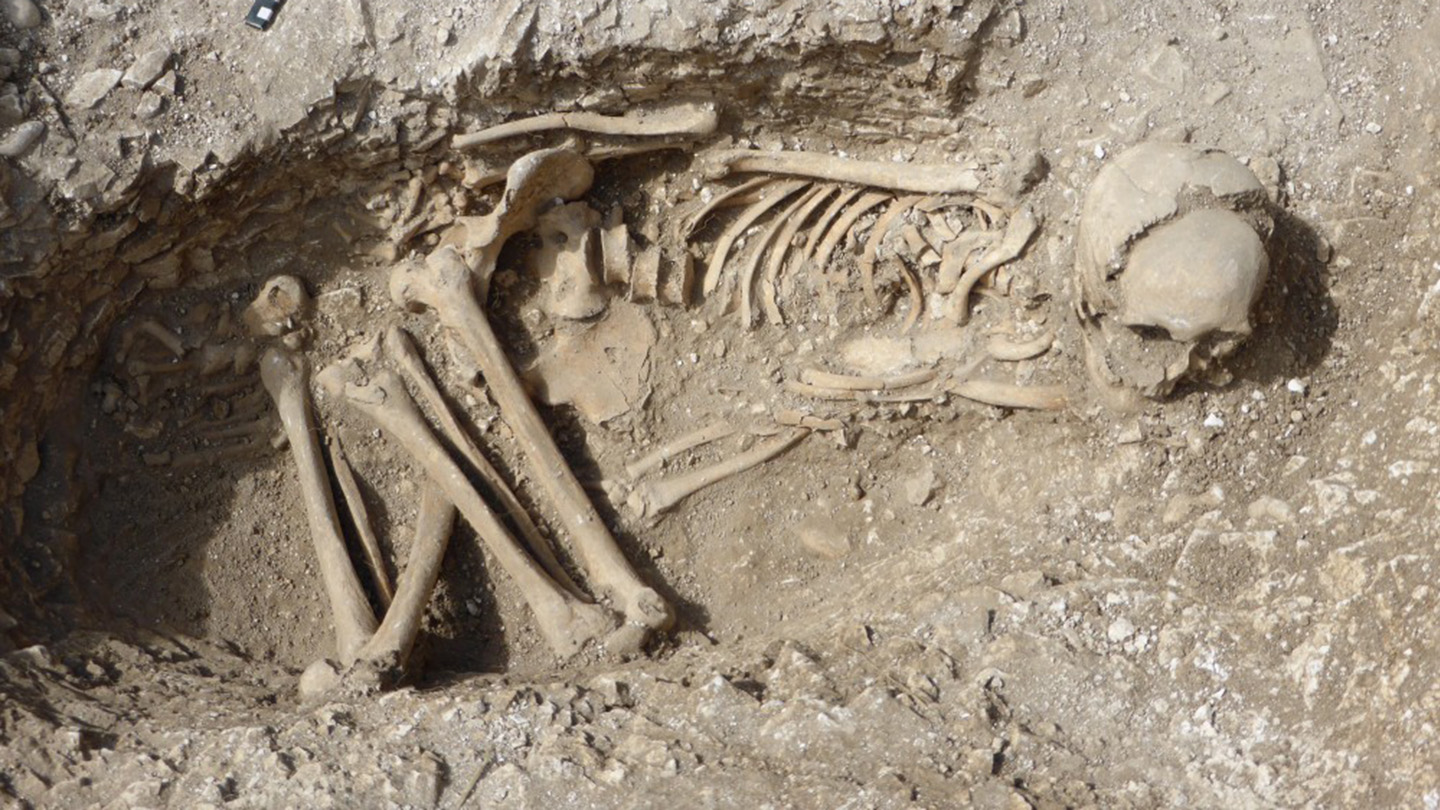Iron Age Celtic women’s social and political power just got a boost

Celtic women’s social and political standing in Iron Age England has received a genetic lift.
DNA clues indicate that around 2,000 years ago, married women in a Celtic society, known as Durotrigians, on the coast of south-central England stayed in their home communities while their partners came from outside the area, say paleogeneticist Lara Cassidy of Trinity College Dublin and colleagues.
This female-centered marriage pattern, called matrilocality, in ancient and modern societies tends to accompany greater opportunities for women to wield household and community power.
DNA extracted from skeletal remains of 57 people buried in Iron Age cemeteries near Durotrigian sites showed signs of matrilocality, the scientists report January 15 in Nature. Analyses of mitochondrial DNA, typically inherited from the mother, revealed that most individuals of both sexes shared maternal ancestry. But a subset of individuals, mostly men, shared no genetic relationships. That’s why the investigators think that those men migrated into a female-dominated society.
Matrilocal practices characterized many British Celtic communities, the scientists say. Further comparisons of mitochondrial DNA from people buried at 156 British and continental European archaeological sites spanning about 6,000 years revealed shared maternal ancestries at six other British Iron Age locations. Most of those sites date to between 400 B.C. and 50 B.C.
Previous archaeological finds and historical accounts had suggested Celtic women held considerable status. Greek and Roman writers described powerful female political leaders in Iron Age England, including two Celtic queens. Prestigious ornaments and other items placed in the graves of western European Celtic women hinted at societies in which property was inherited through maternal lines.
“That said, we were not expecting such a strong and widespread [genetic] signature of matrilocality across Iron Age Britain,” Cassidy says.
Celts consisted of a set of societies speaking related Indo-European languages that spread across much of Europe between roughly 3,000 and 2,000 years ago.
Cassidy’s team found that Iron Age Celtic people in southern England, including Durotrigians, show genetic signs of substantial mating with continental Europeans who must have crossed the English Channel. An infusion of continental European ancestry in England and Wales first occurred before the Iron Age, as early as around 1000 B.C. to 875 B.C., a 2021 study concluded. Those population movements may have brought Celtic languages to the British Isles.
Social structures can vary in present-day matrilocal societies, Cassidy says. Men sometimes dominate formal positions of authority while women collaborate with local maternal relatives and other allies to control family property, direct food production and make major buying and selling decisions. Unlike more common patrilocal systems in which a woman marries into a husband’s family, matrilocal arrangements provide women with more access to education and divorce.
Ancient DNA findings in the new study confirm the existence of female-centered Celtic societies suggested over the last 20 years by archaeological discoveries in Iron Age Britain and France, says archaeologist Rachel Pope of the University of Liverpool. Those excavations suggest that matrilocal societies distributed power and resources in subtly different ways from one part of Europe to another, she says. “There was no one-size-fits-all social structure for prehistory.”
The new DNA findings raise intriguing questions about how Iron Age Celtic cultures worked, says archaeologist Bettina Arnold of the University of Wisconsin-Milwaukee. For instance, genetic studies at western European Iron Age sites have produced weak evidence of matrilocal practices, yet female graves on the continent contain more sumptuous goods than those at British Durotrigian sites where matrilocality reigned, Arnold says.
Another unexplored question concerns the ethnic and geographic origins of men who married Durotrigian women. Ways in which male newcomers were integrated into their wives’ communities are unknown, Arnold says.
Source link

